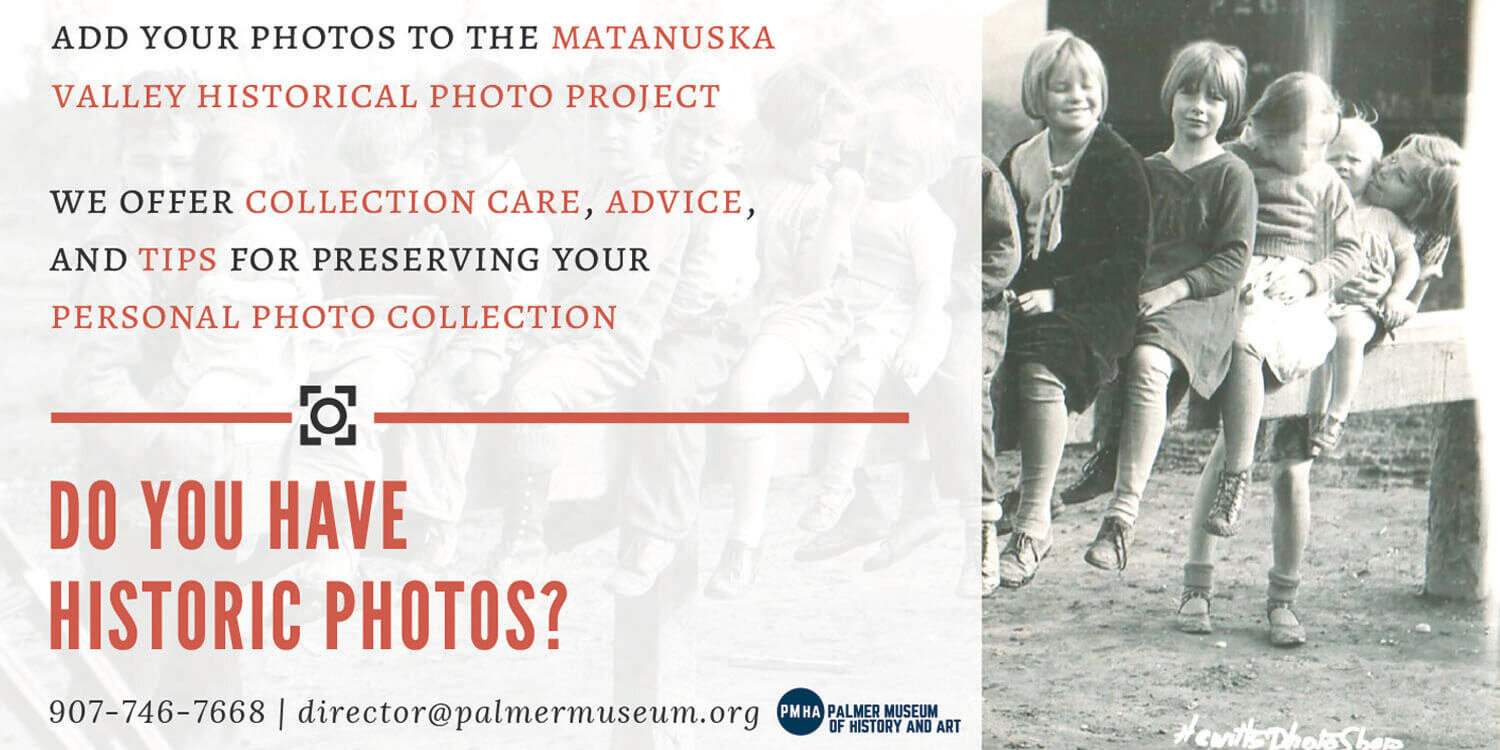Contributed by Dori Cranmore R.N., All About Herbs
Lavender has over 450 different varieties and 39 species. Lavender is so popular, it inspired the name of an actual color. The true or common variety, Lavandula angustifolia, is grown at extremely high altitudes and can have a little different, much stronger aroma, mainly because it contains no camphor.
Many of the other varieties are hybrid. Those are generally referred to as Lavandin or lavandula x intermedia. If you are using lavender for medicinal purposes, many say Lavandula angustifoilia is the best quality because of the purity.
The name, lavender, comes from lavare, which is the Latin word for wash or bathe. It is one of the few essential oils that can be used topically without dilution. Lavender was used in Europe as an antiseptic and also to keep insects away when they had no windows and shared living space with livestock. To this day, lavender is still used to keep moths, flies and mosquitoes away. It is extremely popular as an herb for sachets or dream pillows.
Lavender has been used medicinally for centuries as a remedy for many different things:
• Headaches: Rub essential oil into the temples and inhale from cupped hands.
• Cuts: Dropping lavender oil on a cut helps stop bleeding, cleans a wound and kills bacteria.
• Minor Burns: Put 2-3 drops of lavender oil on a minor burn to help decrease pain and scarring. Mix with 100% emu oil for best results.
• Bug Bites: Helps ease the itch and swelling of mosquito bites and bee stings, and to reduce the swelling, pain and itching.
• Sleep Aid: A couple drops on the pillow can help ease a busy mind into dreamland. For children that have trouble relaxing into sleep, try adding two to four drops of the essential oil into the bedtime bath or rub on the bottom of the feet.
• Calming: Rub 2-3 drops of lavender oil in your cupped palms, inhale to help calm the mind. Then, rub on the feet, temples and wrists for an immediate calming effect on the body.
• Eczema / Dermatitis: Mix several drops of lavender oil with coconut oil and use topically on eczema and dermatitis.
• Nausea or Motion Sickness: Place a drop of lavender oil on the end of the tongue, behind the ears or around the navel.
• Dandruff: Rub several drops of lavender oil into the scalp.
• Cold Sores: Put a drop of lavender oil on a cold sore.
• Baking: Lavender buds can also be used quite nicely in cooking. My favorite is adding them to short bread.
It can be used safely in pregnancy, on newborns and elderly. Using extensively on the skin may have a drying effect and continuous inhaling or diffusing can cause restlessness.
Dori Cranmore R.N. is the owner of All About Herbs, Inc. in Wasilla, Alaska. This information is for educational purposes only. It is not intended to diagnose, cure or treat any disease.
















































